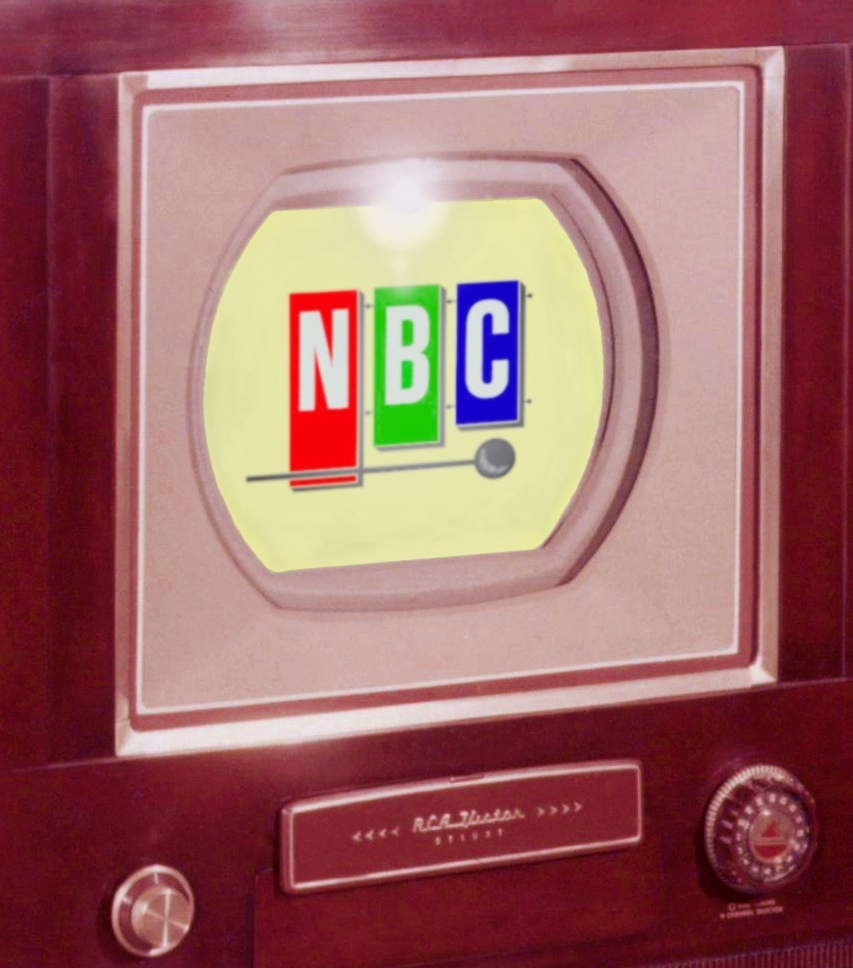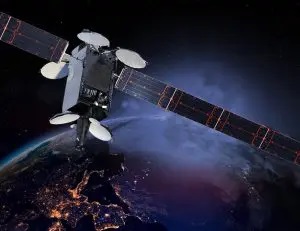Broadcast History in May: Color TV, Satellites and the Transition to DTV
Seventy-five years ago, RCA demo-ed an “all-electronic” color television system at Philadelphia's Franklin Institute

Although radio broadcasting was barely out of the gate in the spring of 1922, some visionaries were looking beyond just an aural one-to-many form of communication.
These included Los Angeles inventor Rudolph A. Dallugge, who in May that year filed for a patent on a television system. Although the patent describes mechanical scanning at both “camera” and “receiver” positions, Dallugge offered the possibility of using an electromagnetically-deflected cathode ray tube for display. No record exists of commercialization of his system.
Other Significant TV Tech Events that Happened in May:
75 Years Ago – May 1947: Television’s long-running “color war” was beginning to take shape, with RCA showing off an “all-electronic” color television system just a couple of months after the FCC’s rejection of the 16-MHz-wide field sequential color system proposed by CBS.
The demo, which took place at Philadelphia’s Franklin Institute, was accomplished via a tri-color television projector and images scanned from Kodachrome slides and 16 mm film. (RCA had yet to perfect a color CRT, and its live color camera was also still a work in progress.) A record number of U.S. television stations were now on the air—12, including two still licensed as experimental. CPs had been issued for more than 50 others.

At about the same time, reports were starting to be received about reception of FM stations at much greater distances than expected as radio broadcasters began to populate their new 88 to 106 MHz spectrum. Few, if any, saw a connection to the ongoing television rollout. However, with more and more new TV stations taking to the air, co-channel interference reports (and a “freeze” on new applications) would soon follow.
50 Years Ago –1972: The concept of a more-inclusive domestic communication satellite system was beginning to take off, with the FCC hosting a meeting to explore an “open entry” plan to circumvent domination of the new industry by AT&T and Comsat.
The professional video industry's #1 source for news, trends and product and tech information. Sign up below.

Prospective satellite operating companies were joined in oral arguments on this very “hot potato” matter by both the DOJ and the Office of Telecommunications Policy. The heat was also on in the broadcaster/CATV area following a federal district court’s reaffirmation of the right of cable TV operators to retransmit copyrighted content from broadcasters without incurring copyright liability themselves (free carriage of broadcast content). CBS announced that it would appeal the decision.
The consumer VCR was beginning to roll out, with Norelco announcing that it would be making some 23,000 units available in early 1973 through its U.S. distributor. Suggested price was $1,425 (almost $9,700 in today’s money). RCA released the results of a recent study revealing that nearly 55 percent of U.S. households now had color TVs.
25 Years Ago – 1997: Despite arguments about high implementation costs and little in the way of return, a move to digital television broadcasting seemed certain. Broadcasters and the NAB projected that DTV service would be available to 43 percent of U.S. television households within 18 to 24 months, and consumer receivers ready by Christmas 1998.
However, questions were being raised about the availability of equipment and—what was to remain a concern for the next couple of decades—the lack of qualified workers needed to erect the necessary new towers and handle antenna installations. The move to DTV was also beginning raise questions in the CATV arena, as while the majority of U.S. households received TV via cable, there was no mandate for operators to carry the new digital signals.
Lacking too was equipment for converting 8-VSB OTA signals to the 64-QAM modulation used in cable distribution. Operators were also wondering about carriage requirements for the additional program streams that broadcasters would be transmitting after converting to digital.

Seattle public broadcaster, KCTS-TV, became the first North American purchaser of Sony’s HDC-750 HD camera, which had premiered at the previous month’s NAB Show. It only supported 1035-line video, but Sony promised a 1080i sensor by late 1998. List price was about $120K (nearly $215K in 2022 money).
James E. O’Neal has more than 50 years of experience in the broadcast arena, serving for nearly 37 years as a television broadcast engineer and, following his retirement from that field in 2005, moving into journalism as technology editor for TV Technology for almost the next decade. He continues to provide content for this publication, as well as sister publication Radio World, and others. He authored the chapter on HF shortwave radio for the 11th Edition of the NAB Engineering Handbook, and serves as contributing editor of the IEEE’s Broadcast Technology publication, and as associate editor of the SMPTE Motion Imaging Journal. He is a SMPTE Life Fellow, and a member of the SBE and Life Senior Member of the IEEE.


